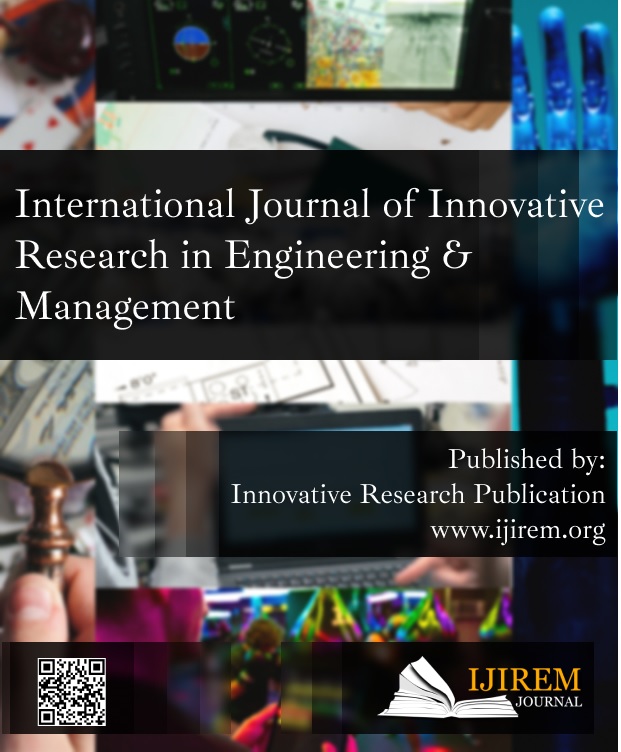Homeschooling in the United States the Past, the Present, and the Future
Keywords:
Education, Families, Homeschooling, Social Movements, Women in EducationAbstract
This article looks at the impact of right wing and left-wing political radicalism, feminist, suburban sprawl, and publicly education institutionalization and reformation on the homeschool phenomenon in the United States. It then goes on to clarify how the movement, which included components from both the left and right in the early 1980s, colluded to battle agressive legal environments in numerous nations, but were eventually taken over by conservative Presbyterians in the late 1980s due to its superior to their outstanding organization and numerical dominance. Despite internal disagreement, the movement's goals of regulating and publicising homeschooling have been met by the mid-1990s. Since then, schooling has grown in prominence and is increasingly being adopted by more mainstream segments of society, often in conjunction with public schools, hinting that the term "homeschooling" as a political organization and ideology may have outlived its use.
Downloads
References
A. Z. Bhat, V. R. Naidu, and B. Singh, “Multimedia Cloud for Higher Education Establishments: A Reflection,” 2019, doi: 10.1007/978-981-13-2285-3_81.
“America in the seventies,” Choice Rev. Online, 2005, doi: 10.5860/choice.42-4323.
J. Rai, R. C. Tripathi, and N. Gulati, “A comparative study of implementing innovation in education sector due to COVID-19,” 2020, doi: 10.1109/SMART50582.2020.9337148.
A. Fitriana, “Efektivitas Pelaksanaan Pendidikan Homeschooling Sebagai Pendidikan Alternatif Dalam Mengembangkan Potensi Anak Di Homeschooling Kak Seto Jakarta Selatan,” J. Eksistensi Pendidik. Luar Sekol., 2016.
M. M. Gupta, S. Jankie, S. S. Pancholi, D. Talukdar, P. K. Sahu, and B. Sa, “Asynchronous environment assessment: A pertinent option for medical and allied health profession education during the covid-19 pandemic,” Education Sciences. 2020, doi: 10.3390/educsci10120352.
A. Neuman and O. Guterman, “Academic achievements and homeschooling—It all depends on the goals,” Stud. Educ. Eval., 2016, doi: 10.1016/j.stueduc.2016.08.005.
S. Shukla, A. Lakhmani, and A. K. Agarwal, “A review on integrating ICT based education system in rural areas in India,” 2017, doi: 10.1109/SYSMART.2016.7894531.
O. Guterman and A. Neuman, “The Role of Family and Parental Characteristics in the Scope of Social Encounters of Children in Homeschooling,” J. Child Fam. Stud., 2017, doi: 10.1007/s10826-017-0773-x.
S. Sharma, V. Vijayaraghavan, P. Tandon, D. R. V. Kumar, H. Sharma, and Y. Rao, “Dental education: Current scenario and future trends,” J. Contemp. Dent. Pract., 2012, doi: 10.5005/jp-journals-10024-1103.
J. L. Jolly, M. S. Matthews, and J. Nester, “Homeschooling
the Gifted,” Gift. Child Q., 2013, doi: 10.1177/0016986212469999.
D. Gupta et al., “Dental caries and their treatment needs in 3-5 year old preschool children in a rural district of India,” N. Am. J. Med. Sci., 2015, doi: 10.4103/1947-2714.156010.
I. Purnamasari, S. Suyata, and S. I. A. Dwiningrum, “Homeschooling dalam masyarakat: Studi etnografi pendidikan,” J. Pembang. Pendidik. Fondasi dan Apl., 2017, doi: 10.21831/jppfa.v5i1.15082.
R. Yadav, V. Deo, P. Kumar, and A. Heda, “Influence of environmental tobacco smoke on gingival pigmentation in schoolchildren,” Oral Heal. Prev. Dent., 2015, doi: 10.3290/j.ohpd.a33918.
M. Gaither, “Homeschooling in the United States. A review of Recent Literature,” Pro-Posições, 2017.
A. Saiger, “Homeschooling, Virtual Learning, and the Eroding Public/Private Binary,” J. Sch. Choice, 2016, doi: 10.1080/15582159.2016.1202070.
A. Bruce Arai, “Homeschooling and the redefinition of citizenship,” Education Policy Analysis Archives. 1999. [17] C. Cabo González, “El ‘homeschooling’ en España:
descripción y análisis del fenómeno,” TDR (Tesis Dr. en Red), 2012.
